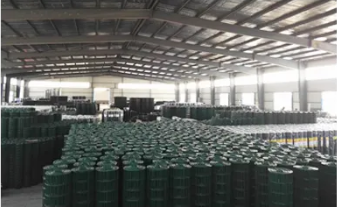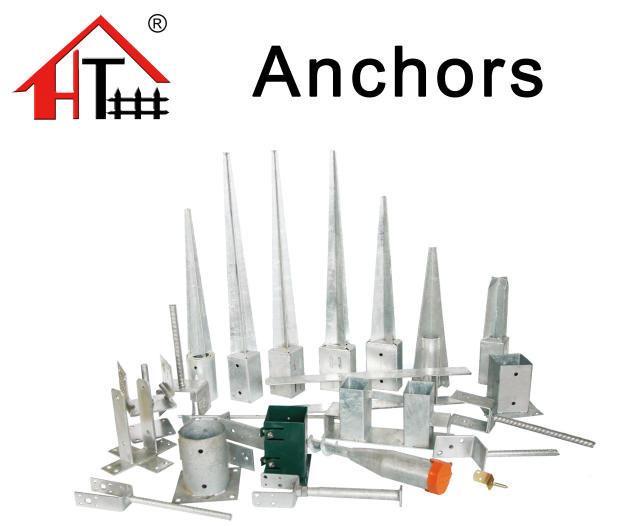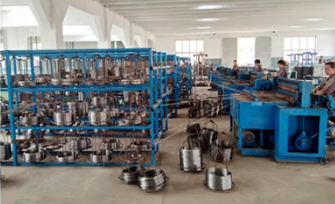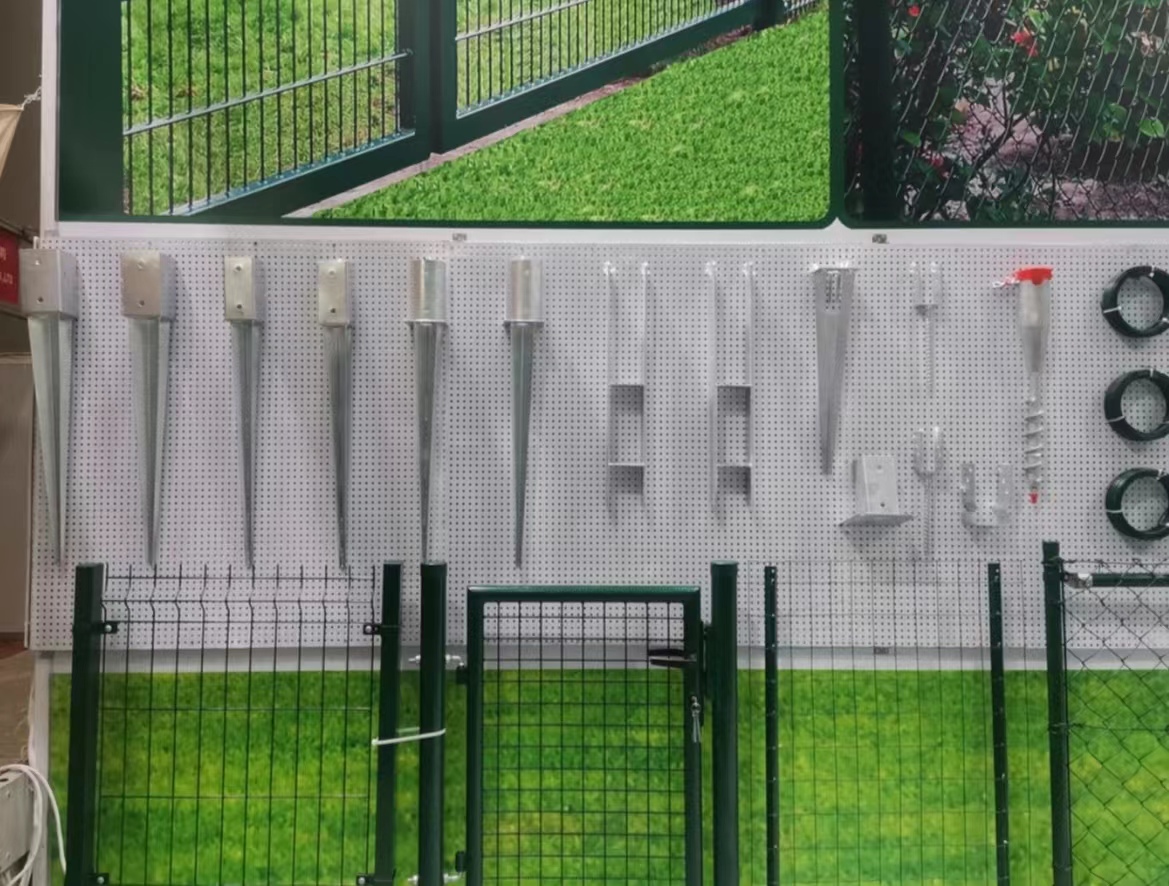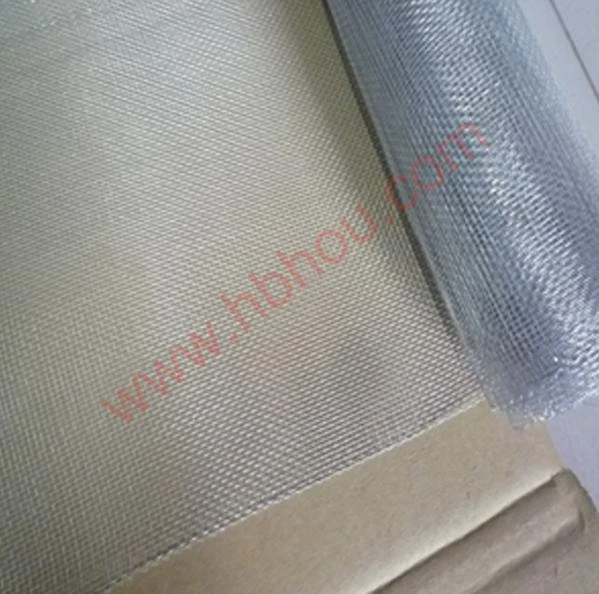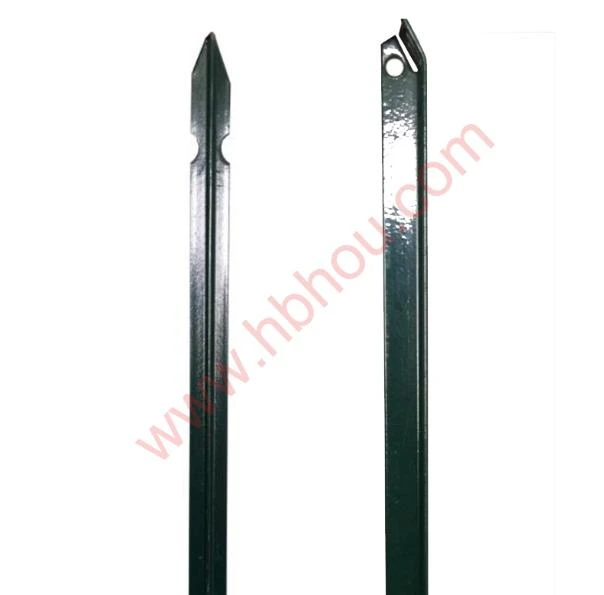Understanding the Importance of Silt Fences
In the realm of environmental conservation and land management, one of the often-overlooked yet crucial tools is the silt fence. Distinguished by its straightforward construction and effective functionality, a silt fence, particularly the 4ft x 100ft variant, plays a vital role in controlling soil erosion and sedimentation during construction and land disturbance activities.
What is a Silt Fence?
A silt fence is a temporary sediment control device used to filter sediment from stormwater runoff at construction sites, landfills, and other disturbed areas. Made of geotextile fabric, the silt fence is typically staked into the ground and forms a barrier that allows water to pass through while trapping silt and sediment particles. The 4x100 designation refers to the height (4 feet) and length (100 feet) of the fabric, making it a versatile option for various sites.
Benefits of Silt Fences
1. Erosion Control One of the primary purposes of a silt fence is to reduce soil erosion on sites where vegetation has been removed. When land is disturbed, topsoil is particularly susceptible to washing away during rainfall. The silt fence acts as the first line of defense against this natural process, protecting valuable soil resources.
2. Sediment Management Construction projects often result in excessive sediment entering nearby water bodies, which can lead to pollution and habitat destruction. The silt fence helps retain this sediment onsite, preventing it from contaminating local waterways and safeguarding aquatic ecosystems.
3. Cost-Effectiveness Compared to other erosion control measures, silt fences are relatively inexpensive and easy to install. The 4x100 size makes it convenient for a range of projects—large enough to cover significant areas but manageable for workers to handle and install.
4. Ease of Installation and Maintenance Installation of a silt fence is straightforward, requiring minimal tools and expertise. Contractors can quickly deploy these fences, ensuring that they are in place before any significant rainfall occurs. Regular maintenance, such as checking for sediment buildup and ensuring the fabric remains intact, further enhances their effectiveness.
silt fence 4x100
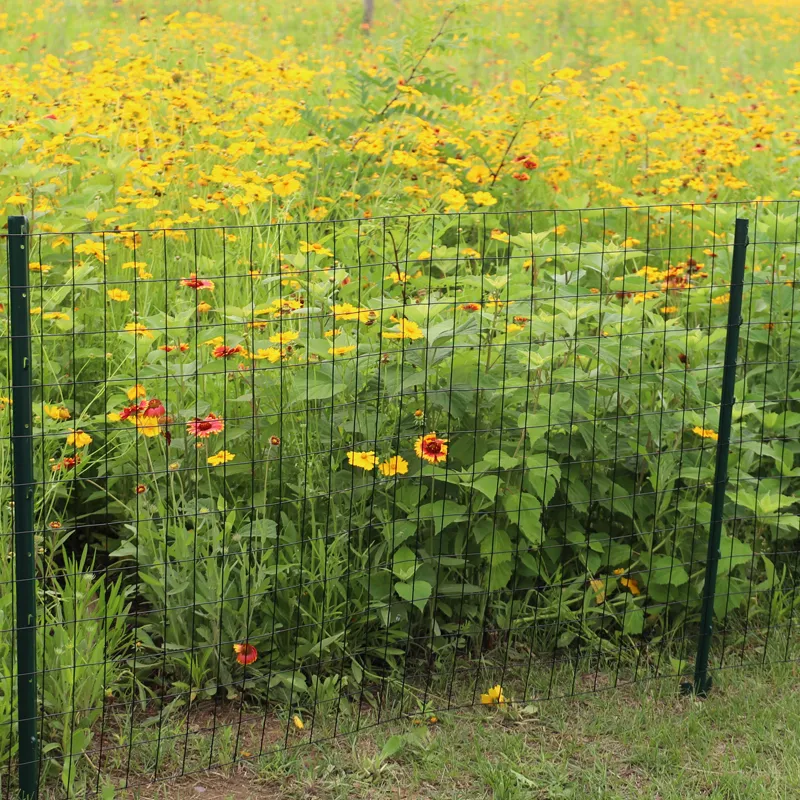
Installation Guidelines
To be effective, silt fences must be installed correctly. It’s essential to follow local regulations and engineering specifications. Here are some key steps to consider during installation
1. Placement Silt fences should be installed at the downslope side of the disturbance area. They should be positioned to intercept sediment-laden runoff before it can reach protected areas.
2. Digging a Trench A trench about 6 inches deep should be excavated along the length of the fence to ensure the bottom edge of the fabric is embedded in the soil. This prevents water from flowing underneath the fence.
3. Staking The fabric should be secured to sturdy stakes. The recommended height above the ground is 4 feet for maximum effectiveness, allowing for the sediment to settle out adequately.
4. Regular Inspections After installation, regularly inspecting the silt fence is crucial to ensure it is functioning correctly. Check for signs of wear, tears, or excessive sediment accumulation that could impede water flow.
Conclusion
In conclusion, a silt fence, particularly the 4x100 model, is an essential tool in any construction or environmental management strategy. Its ability to effectively manage sediment and control erosion makes it invaluable in protecting not just the immediate site but also the broader environment. Investing time and resources into proper installation and maintenance of silt fences can yield significant benefits for land preservation and environmental sustainability. As awareness of climate change and erosion issues grows, so does the importance of these simple yet effective sediment control systems.









